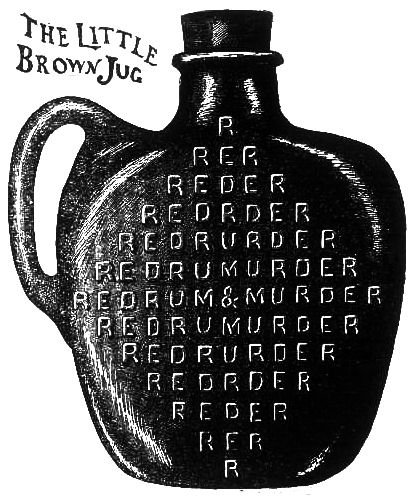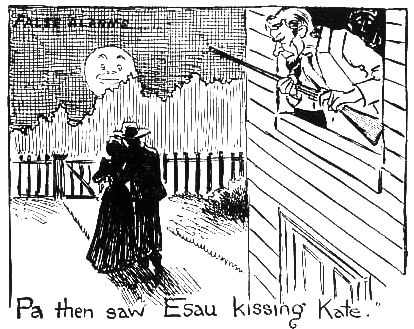



IN FORMER DAYS, when word puzzles were in vogue, much study and brain work was given given to the construction of words or sentences which would read the same backward as well as forward. They were known as “palindrome” puzzles, which is a word derived from the Greek palin, backwards, and dromein, to run. There are many words, like level, eve, gig, etc., which read the same either way, but the aim was rather to construct palindromic sentences, like Adam’s noted greeting to Eve. “Madam, I’m Adam,” or the sentence, “Name no one man.” The idea is of very ancient origin, and there are some classical specimens in Latin and French which are often quoted. There is a famous one ascribed to Napoleon which might be stated as follows: Once, upon being asked whether he could have dictated terms to the whole of Europe, he replied: “J’ etais en etat de le faire avant on m’emporte a I’ile d’Elbe.”
The puzzle is to translate into an English sentence which will read the same either way: “Able was I ere I saw Elba.”
Here is an old palindromic combination which I perpetrated in my early days for the benefit of a temperance organization, and which will try the patience and skill of our young puzzlists. The problem is to begin from the outer R's and tell just how many different ways one can read the warning words Red, Rum and Murder, without being affected by delirium tremens. Commence from any of the outside letters, spell right into the center and out again on any of the branches and see how many ways you can spell it without making any two sequence of letters alike.
To coin an expressive term which explains the situation, I would say that the problem is best solved by the principle of symmetrical equivalents, which resolves a geometrical form into a certain number of parts which can be duplicated. By counting the number of branches, it will be found that there are, as a matter of fact, but five starting points to be analyzed, which will give a total of 372 ways of spelling red rum, which reaches the center.
Then comes the curious feature of the puzzle, although the same is very self-evident, for there must be just as many ways of getting out as there were of reaching the center, so the square of the sum 372x372 gives the grand total of 138,384 ways without any two being alike. The trick of the puzzle turns upon the fact of there being a dozen R’s in the middle of the diagram, which may be used as starting and finishing points.
2.
Which of your teeth are like a dressmaker's finger and thumb when she is cutting out a dress? Those in-cisors (scissors)
When is a Scotchman like a donkey? When he strolls along his banks and braes.
When are secrets like the sails of a ship? When they get wind.
How many young ladies would it take to reach from London to Brighton? About fifty-two; because a miss is as good as a mile.
Why is a pack of cards of only fifty-one in the pack, sent home, like a pack of cards of fifty-two? Because they are sent incomplete.
3. False Alarms
Here is a sketch of a scene which Harry, known as “l’enfant terrible,” took occasion the other evening to describe. His father and mother were alarmed one night by what sounded like house breakers. The locality is hidden in the description of the picture.

The locality was “Athens.”
[Page 122]